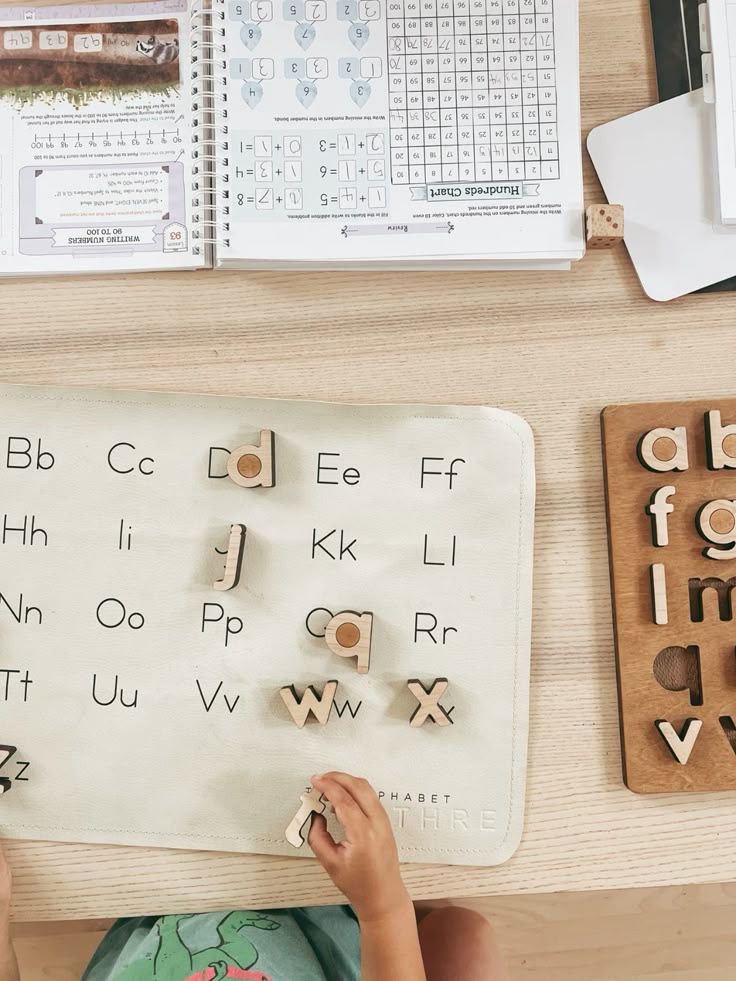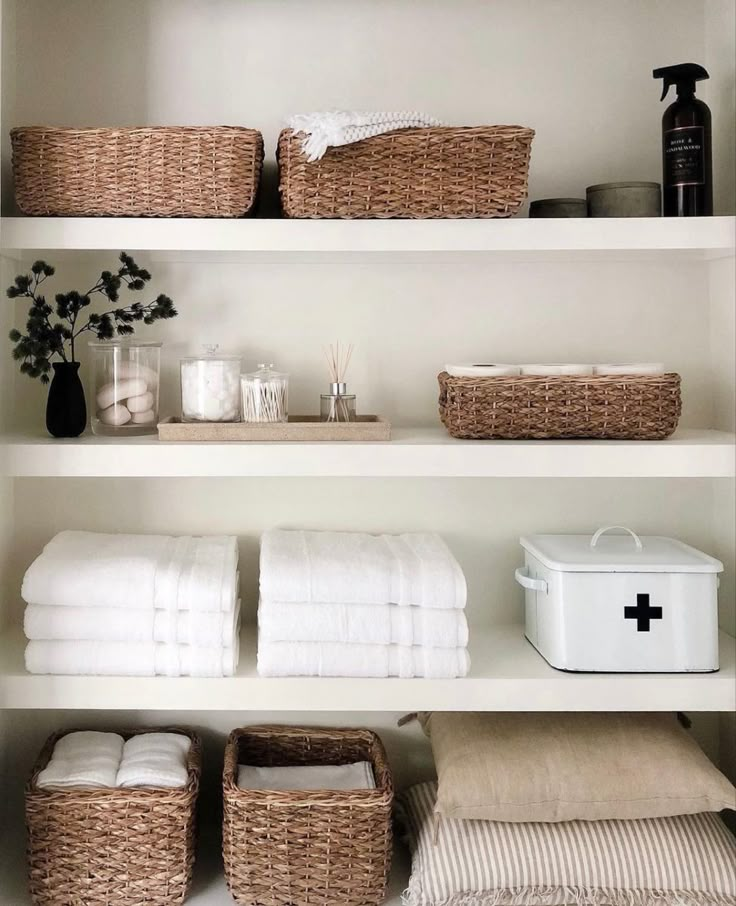Simple After School Routines: Create Calm Evenings for Kids and Parents

Every parent knows that the hours right after school can be some of the most stressful in the day. Kids come home tired, hungry, and sometimes overwhelmed from classes, while parents are juggling work, dinner prep, and the general rhythm of family life. Without structure, these hours can quickly turn into chaos. The solution? A thoughtful kids’ afternoon routine that helps the entire family shift from the busy energy of the day into a calm and intentional evening.
In this article, we will dive deep into what makes a successful after school routine, why it matters for kids and parents, and how you can design one that fits your family’s lifestyle. From healthy snacks and homework strategies to downtime, play, and evening transitions, you’ll find step-by-step advice, sample schedules, and inspiring ideas that will make your afternoons smoother than ever.
By focusing on simple, repeatable steps, a structured family evening flow turns chaotic afternoons into moments of stability and connection. This gentle rhythm ensures children feel secure while parents regain control of their evenings. With a little planning and consistency, your routine can become the calm anchor that transforms stressful afternoons into cherished family time.
Why an After School Routine Matters
Emotional Benefits
Children thrive on predictability. A consistent after school routine provides a sense of stability, helping them manage the transition from school to home life. When kids know what comes next, they feel safer, calmer, and less prone to meltdowns.
Beyond reducing stress, this type of daily structure also builds emotional resilience. Kids learn that there is a time for work, a time for play, and a time for rest, which gives them confidence in handling daily demands. Such an approach creates an environment where children feel supported and understood, strengthening their emotional connection with their parents. Over time, a well-designed kids’ evening routine can even improve children’s overall mood and reduce evening conflicts in the home.
Academic Benefits
A consistent structure ensures homework is done on time and without constant battles. Instead of nagging, parents can rely on the rhythm of an after school routine to guide kids toward their responsibilities.
When children know that homework has a clear and expected place in the day, they are less likely to resist or procrastinate. This type of daily rhythm reduces distractions and helps kids focus, making study time more productive. It also teaches valuable academic habits, such as breaking down tasks into smaller steps and setting aside dedicated time for review. Over time, a steady homework routine builds discipline, responsibility, and confidence in their ability to learn.
Family Benefits
Evenings become less stressful for parents too. Instead of rushing from one chaotic task to another, the household follows a natural flow. A solid after school routine helps everyone enjoy quality time together instead of constantly firefighting.
This structure allows families to shift their energy away from stress and toward meaningful connection. Parents can focus on conversations, shared meals, or playful moments instead of constant correction or chaos. A thoughtful family evening routine also encourages teamwork, where each member contributes in small but important ways. Over time, this balance strengthens family bonds and creates a calmer, happier home environment.
The Core Elements of a Healthy After School Routine
1. A Nutritious Snack
Children come home hungry, and providing a healthy, filling snack prevents irritability. Include protein and complex carbs for lasting energy. Examples: apple slices with peanut butter, yogurt with granola, or cheese and whole grain crackers.
Adding this step to your after school routine ensures kids recharge their bodies before moving on to homework or play. A well-balanced snack also improves concentration, helping children stay focused during study time. You don’t need anything fancy — simple, wholesome foods served consistently can make afternoons feel calmer. Over time, this small but important habit becomes a comforting signal that the school day is over and family time has begun.
2. Downtime for Decompression
After hours of structured learning, kids need space to relax. A good routine includes at least 20–30 minutes of unstructured time. That could mean drawing, reading, or simply lying down with calming music.
This pause allows children to release the mental load from school and recharge emotionally before tackling homework or other responsibilities. Quiet moments also help prevent overstimulation, which is common after a busy day. Whether it’s cuddling with a pet, building with blocks, or enjoying a favorite book, downtime creates balance and makes the rest of the evening flow more smoothly.
3. Organizing School Materials
Before the evening continues, take five minutes to go through backpacks, sign forms, and reorganize supplies. This small step reduces morning chaos and is a cornerstone of every effective after school routine.
It also teaches kids responsibility, showing them how to care for their belongings and stay prepared. Parents avoid the last-minute stress of missing homework or forgotten permission slips, while children feel more in control of their day. Over time, this habit builds independence and helps kids develop strong organizational skills that benefit them far beyond the classroom.
4. Homework and Study Time
Dedicated homework blocks help kids focus. To avoid procrastination, place this step early in the after school routine, but after a short break and snack. Use timers, create a distraction-free environment, and celebrate small wins.
This structure helps children approach schoolwork with more confidence and less resistance. By having a consistent time set aside each day, kids learn discipline and the importance of steady effort. Parents can provide gentle support without constant reminders, which keeps the atmosphere calm. Over time, this steady rhythm turns homework from a daily battle into a manageable and predictable task.
5. Physical Activity or Outdoor Play
Movement recharges kids’ bodies and clears their minds. Whether it’s biking, running, or a quick backyard game, physical play is an important part of every after school routine.
Exercise helps release built-up energy from sitting in class all day and reduces restlessness in the evening. Outdoor play also supports creativity and social development, especially if children are playing with siblings or friends. Even a short walk or a few stretches indoors can make a big difference. By building movement into the daily rhythm, families encourage healthier habits and calmer evenings.
6. Evening Preparation
Set aside time for chores, family dinner prep, and setting out clothes for the next day. Embedding these responsibilities into the after school routine builds independence and reduces stress for both kids and parents.
Children begin to see that even small contributions matter, whether it’s setting the table or tidying up toys. These moments create teamwork and give kids a sense of pride in helping the household run smoothly. Parents also benefit, since mornings become calmer and less rushed. Over time, evening preparation becomes a comforting ritual that signals the day is winding down and rest is near.
Age-Specific After School Routines
Preschool and Early Elementary
-
Snack: A light and nutritious snack gives them the energy they need after a long day of stimulation at school.
-
Short rest or story time: Young children often need downtime, and even a 10-minute story or cuddle can help them reset emotionally.
-
Simple play (blocks, art, puzzles): At this stage, play is how kids process their experiences, so unstructured creativity is just as important as academics.
-
Very light homework or skill practice: Keep it short and fun — tracing letters, counting games, or reviewing sight words — so they associate learning with positive feelings.
Upper Elementary
-
Snack: Fuel for focus, ideally something with protein and fiber to prevent sugar crashes.
-
30 minutes play or downtime: Enough space to recharge before tackling schoolwork.
-
Homework block (30–45 minutes): Establishing good habits now builds the foundation for academic independence later.
-
Outdoor activity or chores: Give them responsibility and balance mental work with physical energy.
-
Family dinner: Use this as connection time, letting kids share about their day in a relaxed setting.
Middle School
-
Snack + hydration: Larger appetites mean they may need a heartier option to avoid irritability.
-
Homework (45–60 minutes): Encourage them to break tasks into smaller parts and take short breaks for better concentration.
-
Chores or helping with dinner: This age group thrives when trusted with responsibility and given meaningful roles.
-
Relaxation (journaling, reading): Helps reduce stress from growing academic and social pressures.
-
Family connection time: Even if brief, check-ins at this age are crucial for maintaining open communication.
High School
-
Snack or small meal: Teens often come home very hungry, so a balanced plate can prevent mood swings.
-
Study/homework (60–90 minutes): They need longer periods of concentration, but it’s also important to encourage breaks to prevent burnout.
-
Extracurricular activity or workout: Sports, clubs, or personal fitness help with both physical health and stress management.
-
Family dinner: A grounding ritual that strengthens connection, even as teens seek more independence.
-
Evening prep (calendar planning, organizing bag): Encourages time management and prepares them for adult responsibilities.
No matter the age, the structure of an after school routine should be flexible enough to adapt while remaining consistent enough to provide stability. Children grow quickly, and routines that shift slightly to meet their needs help create balance, resilience, and confidence across every stage of development.
Sample After School Routine Schedules
Routine for a Family with One Child
-
3:30 pm – Arrive home, quick snack
A light but nutritious snack sets the tone for the afternoon and prevents energy crashes. This is also a great moment for parents to ask gentle questions about the school day, giving the child space to share highlights or challenges.
-
4:00 pm – Playtime/downtime
Unstructured time allows the child to relax and recharge. They might enjoy drawing, building with blocks, or simply resting with music. With only one child, this is also an opportunity for solo play that fosters independence.
-
4:30 pm – Homework block
A quiet and consistent study time helps children stay focused and avoid procrastination. Parents can stay nearby for support, but allowing the child to attempt work on their own first builds confidence and responsibility.
-
5:15 pm – Outdoor activity
Movement is essential after hours of sitting at school. A bike ride, a trip to the park, or even a short walk around the neighborhood helps release energy and clear the mind. Outdoor play also strengthens physical health and sparks creativity.
-
6:00 pm – Dinner prep and family meal
Including the child in meal preparation teaches life skills and makes them feel involved. Sitting down for dinner together provides a moment of connection, where everyone can slow down and bond as a family.
-
7:00 pm – Chores and relaxation
Simple chores like tidying toys or helping set the table build responsibility without overwhelming the child. Afterwards, relaxation time — reading a bedtime story, drawing, or enjoying quiet play — helps create a calm transition into the evening routine.
Routine for a Family with Two or More Kids
-
3:30 pm – Group snack and chat about the day
Having all the children sit down together for a snack creates a sense of unity. It’s a chance for siblings to share what happened at school, laugh about funny moments, and feel connected before moving on to different activities. Parents can use this time to gently check in with each child individually as well.
-
4:00 pm – Quiet play for younger child / Homework start for older child
Splitting activities by age helps meet each child’s unique needs. Younger children benefit from imaginative or calming play, while older siblings can begin homework while they are still fresh. This arrangement minimizes distractions and prevents frustration between age groups.
-
5:00 pm – Outdoor activity for all
Physical activity brings everyone back together. Whether it’s a family walk, a backyard soccer game, or a bike ride, outdoor time allows siblings to bond while releasing energy. It also balances the quiet focus of homework with active movement, helping kids stay regulated.
-
6:00 pm – Dinner together
A shared meal is one of the most important anchors in family life. It’s an opportunity to reconnect, teach good manners, and model healthy eating habits. Encouraging kids to participate in setting the table or helping with small tasks makes dinner a team effort.
-
7:00 pm – Shared chores, reading time, bedtime routines
Assigning simple chores helps children learn cooperation and responsibility. Afterward, winding down with a shared activity like family reading brings calmness to the evening. Finally, moving into bedtime routines — brushing teeth, setting out clothes, and getting tucked in — ensures a smooth transition into rest.
Routine for Working Parents Returning Late
-
Child care pickup includes snack
Many after-school programs or caregivers provide a light snack right after pickup. This helps children avoid the late-afternoon energy crash and keeps them in good spirits until dinner. Parents can check that the snacks offered are nutritious and filling enough to support focus and mood.
-
Homework at after-school program
Completing homework during after-school care reduces the stress of late evenings. It ensures kids are productive while parents finish their workday. By the time families reunite, most academic tasks are complete, leaving more room for connection instead of conflict.
-
Evening: family dinner, chores, and downtime once parents are home
When parents arrive, sharing dinner becomes the centerpiece of the evening. Even if it’s later than usual, the family meal brings everyone together and offers space to reconnect. Afterward, children can handle light chores while parents unwind from work. Ending the night with a relaxing activity — reading, storytelling, or quiet play — helps the household settle into a calmer rhythm before bedtime.
Tips for Maintaining Consistency
-
Set Clear Expectations: Post the after school routine on the fridge where everyone can see it. A clear visual reminder reduces arguments and helps children know what to expect each day.
-
Stay Flexible: Life happens. Adjust routines without guilt when necessary. Families may have sports, music lessons, or unexpected events, and being able to adapt without stress helps keep the routine sustainable.
-
Celebrate Success: Recognize when kids follow the routine well — positive reinforcement builds motivation. Small rewards, praise, or even a high-five can reinforce good habits and make the experience positive.
-
Get Kids Involved: Let them choose the snack, order of activities, or type of play. When children feel included, they’re more likely to cooperate, and the routine becomes something they look forward to instead of resist.
-
Use Visual Aids: For younger kids, charts or pictures of the steps help them remember and stay engaged. Older children might prefer checklists or planners, which can also teach them time management and organization skills as part of their after school routine.
Seasonal Adjustments for the After School Routine
Fall
Shorter days mean more indoor play and earlier homework sessions. Cozy rituals like warm drinks after outdoor play can be included.
Winter
With colder weather, the after school routine might shift toward indoor physical activities (dance parties, yoga, stretching). Early nightfall also makes it helpful to move chores earlier.
Spring
Include outdoor exploration, gardening, or sports. Kids’ energy levels rise, so the after school routine can incorporate more active play.
Summer
Although not “school season,” a modified after school routine during summer camps or activities helps maintain structure and prevent chaos at home.
Activities to Include in a Calming After School Routine
-
Journaling or drawing about the day
-
Reading time together or independently
-
Board games or puzzles
-
Short family walks
-
Simple cooking tasks for dinner prep
By weaving these into your after school routine, you create a rhythm that feels nourishing and balanced.
Helpful Tools to Support Your After School Routine
Building a smooth after school routine doesn’t just depend on habits — sometimes the right tools can make everything easier. A well-organized space and helpful resources can transform chaotic afternoons into calm, predictable evenings.
-
Family Wall Planner: Having a large wall planner keeps everyone on track with homework, activities, and chores. A visual schedule reduces stress and helps kids know exactly what to expect. Check out this highly rated wall planner here.
-
Study Desk & Organizer: Homework flows much better when kids have their own tidy study area. Investing in a quality desk and organizer means supplies are always at hand, and there’s less wasted time searching for pencils or notebooks. See this popular desk and organizer set here.
-
Snack Station for Kids: Instead of scrambling for food every afternoon, set up a dedicated snack station stocked with healthy options. It makes your after school routine smoother and teaches kids independence. Discover a great snack station setup here.
By adding these tools into your daily flow, you create an environment where the after school routine feels supported and less stressful. These are not just quick fixes — they are long-term investments in family calm and organization.
Note for Readers
This blog contains affiliate links, which means I may earn a small commission if you choose to make a purchase through them — at no extra cost to you. Thank you for supporting this space and allowing me to keep sharing practical routines and family inspiration 🤍.
Creating a consistent after school routine doesn’t have to feel overwhelming. If you’re looking for inspiration on how to bring more calm into daily life, check out our guide on Minimalist Family Living for practical ways to simplify your home. For even more expert advice, resources like Verywell Family share valuable parenting strategies that align beautifully with these routines. Combining these insights will help you design an after school routine that truly supports both kids and parents.

Final Thoughts
A well-designed after school routine transforms chaotic afternoons into peaceful, intentional family time. With consistency, flexibility, and creativity, your home can shift from stress to calm in just a few simple steps. Remember, the best routine is the one that works for your unique family. Test, adapt, and make it your own.
The hours after school don’t have to be filled with conflict or overwhelm. With the right after school routine, your children will feel supported, your evenings will flow smoothly, and your family will thrive together.
Disclaimer: This post may contain affiliate links. That means if you click and make a purchase, I may earn a small commission at no extra cost to you. I only recommend products I truly love and believe add value to your life. Thank you for supporting The Detangled Nest — it helps me continue creating free content for you. 💕
🌿 Want more simple living tips?
Subscribe below and get your free guide!




1 Comment